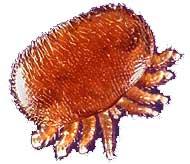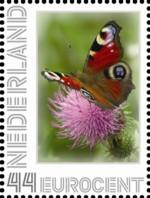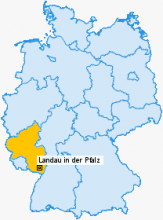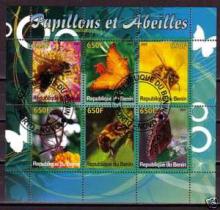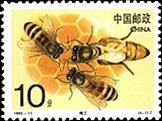Abnormality in biogenic amines-mediated neuronal signaling impairs olfactory learning and memory
In this overview, I discuss colony collapse disorder (CCD), biogenic amines-based-pesticides (neonicotinoids and formamidines), and their disruptive effects on biogenic amine signaling causing olfactory dysfunction in honeybees. According to my hypothesis, chronic exposure of biogenic amines-based-pesticides to honeybee foragers in hives and agricultural fields can disrupt neural cholinergic and octopaminergic signaling. Abnormality in biogenic amines-mediated neuronal signaling impairs their olfactory learning and memory, therefore foragers do not return to their hive – a possible cause of CCD. This overview is an attempt to discuss a hypothetical link among biogenic amines-based pesticides, olfactory learning and memory, and CCD.


